 April 11, 2024 John E. Ross, KD8IDJ, Editor
| ||||||
Ham Radio Active During Eclipse Millions of people across the United States got to see a rare solar eclipse on Monday, April 8, 2024.
The path of totality -- the line of darkness where the moon fully occluded the sun -- stretched through the South Pacific, Mexico, central Texas, the Ozarks, the Midwest, the Rust Belt area, and to New England through the Maritimes. In all, 14 ARRL Sections were impacted directly and several more were on the fringes of the solar umbra. Radio Serves Amateur radio was active throughout the areas of impact. Most ARRL Sections in the path had been developing a plan with their served agencies for months or years beforehand.
Traffic was expected to be significant, with up to 3.7 million people forecast to travel to areas within the path of totality. Radio amateurs were activated in many locations. In Paris, Texas, hams split shifts at the Lamar County Emergency Operations Center (EOC). Teams of two operators volunteered for 4-hour shifts. The activation doubled as a training opportunity and an equipment test.
Bill Townsend, KJ5ABG; Jeff Laughlin, KJ5DNA, and Dr. Randy Holland, N5DDS, at the Lamar County EOC in Paris, Texas. [Steven Lott Smith, KG5VK, photo] The ARRL Indiana Section was in full force with their Amateur Radio Emergency Service® (ARES®) member-volunteers providing radio coverage on HF, VHF, and UHF amateur bands and utilizing GMRS. Using a mobile command center dubbed "Big Blue," the ARES team in Lake County set up on an overpass above Interstate 65 and was staffed in part by father and son volunteer team Chris Lattimer, N9MMR, and Tavas Lattimer, KD9NSC. The Section also utilized Winlink VARA HF to establish a digital connection with the incident command system.
Chris Lattimer, N9MMR, operating inside "Big Blue", the Lake County Indiana Communications Trailer. The vehicle was positioned on an overpass of Interstate 65. In Hamilton County, Indiana, ARES members volunteered with the county emergency management teams. They fanned out across EOCs, parks, and other locations. One ARES member, who is also active in the Civil Air Patrol, monitored traffic and crowds from an airplane. Section Emergency Coordinator of the ARRL Maine Section Keith Anoe, KE4UCW, held hourly check - ins via radio with the Maine Emergency Management Agency and other served agencies in case one of them needed to activate the Maine Emergency Communication Net. Social media posts throughout the amateur radio space hold anecdotes of 146.52 MHz being extremely active during the post-eclipse traffic jam.
Traffic on Interstate 91 in Northern Vermont was at a near standstill after the eclipse. Many reports say that 146.52 MHz was active all over the country with amateurs reporting the latest traffic conditions. [Sierra Harrop, W5DX, photo] Radio Gathers In Vermont, several ARRL members, who also happen to be pilots, gathered at the Northeast Kingdom International Airport in Newport to watch the eclipse.
ARRL Member Lauren Lee, N1OZJ, right, photographs totality from the Northeast Kingdom International Airport in Newport, Vermont. Lee is a Boeing 777 Captain for a major airline. [Sierra Harrop, W5DX, photo] Outside ARRL Headquarters in Newington, Connecticut, staff members and headquarters volunteers took the opportunity to observe the 92% visible eclipse using a solar viewer built by W1AW Station Manager Joe Carcia, NJ1Q.
Left: A solar viewer setup outside of W1AW, the Hiram Percy Maxim Memorial Station at ARRL Headquarters. Radio Studies Across the world, radio amateurs participated in the HamSCI Solar Eclipse QSO Party. It involved operating before, during, and after the eclipse to gather log data. Those logs will be studied by researchers in the coming years to further investigate the sun's impact on the ionosphere. HamSCI's program leader Dr. Nathaniel Frissell, W2NAF, was active from The University of Scranton Amateur Radio Club station. "I'm happy to report that we had an excellent day at W3USR in Scranton and believe that we both had fun and collected good data," he wrote in a message to the HamSCI team. The organizers request that those who operated in the event upload their logs. If you used N1MM+ or N3FJP loggers, there's a setting called Solar Eclipse QSO Party. Participants can also submit a Cabrillo or ADIF file of their activity. All logs should go to https://seqp.contesting.com/seqpsubmitlog.php. Amateur Radio Saves Family in Death Valley National Park
Death Valley National Park is in a remote desert in southern California, where mobile phone networks are spotty at best. On Saturday, April 6, a radio amateur and his family were enjoying the park when their vehicle became stuck in mud in a dangerous area. Without access to a cell network, the ham called for help on the 10-meter band. According to a news release from the Black Swamp Amateur Radio Club, Caleb Gustwiller, KD8TGB, jumped into action.
Gustwiller was monitoring from Ohio when he picked up the distress call. He was able to hear the call sign and the general location of the ham in distress. He lost the signal to the noise, so he wrote a post in the Parks on the Air® Facebook group asking for other hams to listen for the calls. Several hams contacted emergency officials in southern California, which led to the ham and their family being rescued within a few hours by park rangers. The club stated in their Facebook post: "Without Caleb hearing this distress call, it could have quickly become a very deadly situation for the operator and his family."
Active Hurricane Season Predicted for 2024 Colorado State University (CSU) hurricane researchers predict an active Atlantic hurricane season (June 1 to November 30) in their initial 2024 forecast.
ARRL Director of Emergency Management Josh Johnston, KE5MHV, attended the National Hurricane Conference in Florida in late March, where the CSU prediction was issued. "The common discussion at the National Hurricane Conference this year was the potential for a very active year, and the forecast from CSU enforces that thought," said Johnston. "Several of the forecasters were pointing to indications that we are moving from an El Niño to a La Niña and that could potentially cause a more active season." The CSU Tropical Weather & Climate Research team predicts 23 named storms during the Atlantic hurricane season. Of those, researchers forecast that 11 will become hurricanes and five will reach major hurricane strength, as measured by the Saffir-Simpson Hurricane Wind Scale, with sustained winds of 111 mph or greater. The prediction is above the 30-year average for hurricanes and storms and is above the total of 20 storms, seven hurricanes, and three Category 3 or higher hurricanes in 2023. Senior Research Scientist in the Department of Atmospheric Science at CSU and the lead author of the report Phil Klotzbach said, "So far, the 2024 hurricane season is exhibiting characteristics similar to 1878, 1926, 1998, 2010, and 2020. Our analog seasons were all very active Atlantic hurricane seasons." The team predicts that 2024 hurricane activity will be about 170% of the average season from 1991 - 2020. By comparison, 2023's hurricane activity was about 120% of the average season. The report also includes the probability of major hurricanes making landfall, including a 62% probability for the entire US coastline. The average landfall from 1880 - 2020 was 43%. The report also indicates increased landfall probabilities of 34% for the East Coast of the US, including the Florida peninsula (the average from 1880 - 2020 was 21%); 42% for the Gulf Coast, from the Florida panhandle westward to Brownsville (the average from 1880 - 2020 was 27%), and 66% for the Caribbean (the average from 1880 - 2020 was 47%). The National Weather Service (NWS), National Hurricane Center (NHC), and Hurricane Watch Net (HWN) are prepared for an active hurricane season. Amateur radio operators can take part in activations on 14.325 MHz during the day and on 7.268 kHz at night. As propagation changes, the HWN may operate both frequencies simultaneously. At the Florida conference, Johnston also highlighted the relationship between ARRL and the Federal Emergency Management Agency (FEMA), as well as ARRL's position as a net control station within the SHAred RESources High Frequency Radio Program (SHARES) managed by the Cybersecurity and Infrastructure Security Agency. "Now is the time to prepare for emergencies of any type by building relationships, training and refreshing skills, and testing and preparing equipment," added Johnston. ARRL Teachers Institute on Wireless Technology Applications Due Before May 1 The ARRL Teachers Institute (TI) on Wireless Technology is a donor-funded program created to train and equip educators to incorporate amateur radio into science, technology, engineering, and mathematics (STEM) education in their classrooms. Hundreds of success stories continue to emerge from the program. The next cohort of teachers is forming now, and applications are due before May 1. A new video allows prospective educators to hear from those who have already participated in the program. Click here or on the image below to view the video. Information about the TI may be found at www.arrl.org/ti World Amateur Radio Day 2024 World Amateur Radio Day (WARD) is celebrated each year on April 18.
On April 18, 1925, the IARU was formed in Paris and will celebrate its centenary in 2025. American Radio Relay League (ARRL) Co-Founder Hiram Percy Maxim was the organization's first president. All radio amateurs are invited to take to the airwaves to enjoy the global friendship with other amateurs and to show their skills and capabilities to the public. WARD is not a contest but rather an opportunity to talk about the value of amateur radio with the public and fellow amateur colleagues. It is also a great opportunity to talk about local radio clubs and amateur radio in local media as a lead-up to ARRL Field Day, which is held each year during the fourth full weekend in June. You can also promote your personal WARD activities on social media platforms like X and Facebook by using the hashtag #WorldAmateurRadioDay. For more ideas and information, visit World Amateur Radio Day (arrl.org) Amateur Radio in the News ARRL Public Information Officers, Coordinators, and many other member-volunteers help keep amateur radio and ARRL in the news. "Local amateur radio club to represent Ohio in national event" / The Highland County Press (Ohio) April 3, 2024 -- The Highland Amateur Radio Association is an ARRL Affiliated Club. "South Students watch eclipse: High Schoolers viewing the eclipse with help from Amateur radio operators" / The Marietta Times (Ohio) April 9, 2024 -- The Parkersburg Amateur Radio Klub is an ARRL Afiliated Club. "Utah students use ham radio to connect with astronaut during eclipse" / Desert News (Utah) April 9, 2024 -- The Bridgerland Amateur Radio Club is an ARRL Afiliated Club. ARRL Podcasts On the Air Served Agencies: Who They Are and How We Serve Them We often hear about served agencies when hams talk about disaster response and emergency communications. ARRL Director of Emergency Management Josh Johnston, KE5MHV, joins the podcast this month to discuss exactly what and who served agencies are, and where the Amateur Radio Service fits into their responses. ARRL Audio News The On the Air podcast and ARRL Audio News are available on blubrry, iTunes, and Apple Podcasts -- On the Air | ARRL Audio News. Announcements The Courage Kenny Handiham Program will celebrate its 57th anniversary from Friday, April 26 to Sunday, April 28, 2024. A QSO party will start at 1900 UTC on Friday and run through 1900 UTC on Sunday. Logs will be required and may be submitted by mail or email no later than June 1, 2024. The exchange is your name, state, call sign, and province or country. One point will be given per contact. Participants may use all amateur bands and modes to make contacts, including digital and VoIP modes. The object is to contact as many stations as possible during the 48-hour operating period. All contacts can obtain a commemorative QSL card by contacting the Courage Kenny Handiham Program. Visit http://handiham.net/ or https://handiham.org/ for more details. This event offers an opportunity to promote and communicate more details about the Courage Kenny Handiham Program and the Handiham Radio Club. The Courage Kenny Handiham Program began in Rochester, Minnesota, in 1967, from the idea of Ned Carman, W0ZSW (SK). The program provides people with disabilities with the tools needed for learning amateur radio and technology skills and earning their amateur radio licenses. The Nashua Area Radio Society will be holding an online Ham Bootcamp on Saturday, May 11 from 10:00 AM to 6:00 PM EST. Ham Bootcamp is a program that helps new, inactive, and prospective hams gain the skills and information they need to get on the air. The program is open to any interested amateur radio operator, or prospective operator, in the US and Canada. There is no charge to attend the online event. Information can be found at n1fd.org/bootcamp. You must register in order to receive the link to join the web conference. If you have any questions, contact HamBootcamp. In Brief... Recipients of the 2023 Cass Awards have been announced. Dima Zhikharev, RA9USU, received the Single-Operator Cass Award by working 13,784 unique stations during his 14-day, one-man DXpedition to Yemen's Socotra Island, 7O73T -- a new record for this award category. The Unlimited Cass Award was awarded to the Russian DXpedition Team, 9X5RU (Vasily Pinchuk, R7AL; Leo Berezhnoy, RW9JZ; Slav Rodin, OK8AU; Victor Filimonov, UA3QLC; Nick Tolkunov, R5EC, and Mike Alekseev, RU3UR), for contacting 40,959 unique stations from Rwanda, setting a new record for the Unlimited Cass Award category. Presented annually, these awards honor past ARRL Pacific Division Vice Director and San Francisco Section Communications Manager Hugh "Cass" Cassidy, WA6AUD (SK), from San Rafael, California, who published the West Coast DX Bulletin (WCDXB) for 11 years. These awards encourage DXpeditions to maximize the number of DXers contacted by awarding plaques to the Single-Operator DXpedition that contacts the most unique call signs during a 2-week interval and to the Unlimited DXpedition that contacts the most unique call signs during a 4-week period. The rules for each award are defined at http://www.cassaward.com. The K7RA Solar Update Tad Cook, K7RA, of Seattle, Washington, reports for this week's ARRL Propagation Bulletin, ARLP0015:
I did not see last Monday's eclipse, except for on television. In the Pacific Northwest, there was only a 20% exposure, and skies were overcast. As reports from across the country displayed successive totality, I noticed the prominence on the edge of the disk. There were always between one and three little red spots at the edge. Solar activity over the past reporting week, April 4 - 10, remains weak. The average daily sunspot number rose from 60 to 67.9, but the average solar flux declined from 136.9 to 123.2. Seven new sunspot groups emerged this week: one on April 4, three on April 5, one on April 6, one on April 8, and one on April 10. Here is the outlook for the next few weeks, which does not seem promising. The solar flux will peak at 150 over the next week. Predicted solar flux is 132, 140, and 145 on April 11 - 13; 150 on April 14 - 17; 140 on April 18 - 20; 135 on April 21 - 22; 140 and 145 on April 23 - 24; 140 on April 25 - 26; 135, 125, and 120 on April 27 - 29, and 125 on April 30 through May 10. Predicted planetary A index is 10, 5, 8, and 10 on April 11 - 14; 5 on April 15 - 18; 8 and 10 on April 19 - 20; 8 on April 21 - 23; 5 on April 24 - 27; 8, 8, and 7 on April 28 - 30; 10 on May 1 - 3; 5 on May 4 - 5; 8 on May 6 - 8, and 5 on May 9 - 15. See what Science News Explores says about the solar cycle at https://www.snexplores.org/article/explainer-solar-cycle Read about a solar cycle clock from Scientific Reports at https://www.nature.com/articles/s41598-024-58960-5 NDTV World explains what the solar flares seen during the eclipse meant at https://bit.ly/3VRBxk0 Live Science explains that what most people thought were solar flares during the eclipse were actually prominences at https://bit.ly/49waWMC . SunLive talks about sunspot cycles at https://bit.ly/3PY4F5p. The Hill discusses the possibility of an internet apocalypse, at https://bit.ly/3vBW69C Sunspot numbers for April 4 - 10, 2024, were 47, 81, 71, 79, 79, 64, and 54, with a mean of 67.9. The 10.7-centimeter flux was 113.7, 120.5, 122.9, 124.6, 124.8, 124.4, and 131.2, with a mean of 123.2. Estimated planetary A indices were 12, 12, 10, 6, 8, 11, and 8, with a mean of 9.6. The middle latitude A index was 33, 10, 8, 5, 8, 10, and 7, with a mean of 11.6. Send your tips, questions, or comments to k7ra@arrl.net. A comprehensive K7RA Solar Update is posted Fridays on the ARRL website. For more information concerning radio propagation, visit the ARRL Technical Information Service, read "What the Numbers Mean...," and check out the Propagation Page of Carl Luetzelschwab, K9LA. A propagation bulletin archive is available. For customizable propagation charts, visit the VOACAP Online for Ham Radio website. Share your reports and observations. A weekly, full report is posted on ARRL News. Just Ahead in Radiosport
Visit the ARRL Contest Calendar for more events and information. Upcoming Section, State, and Division Conventions
Search the ARRL Hamfest and Convention Database to find events in your area. Have News for ARRL? Submissions for the ARRL Letter and ARRL News can be sent to news@arrl.org. -- John E. Ross, KD8IDJ, ARRL News Editor
ARRL -- Your One-Stop Resource for
Free of charge to ARRL members...
| ||||||

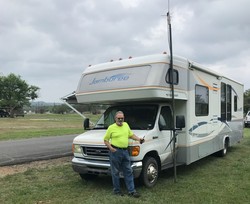
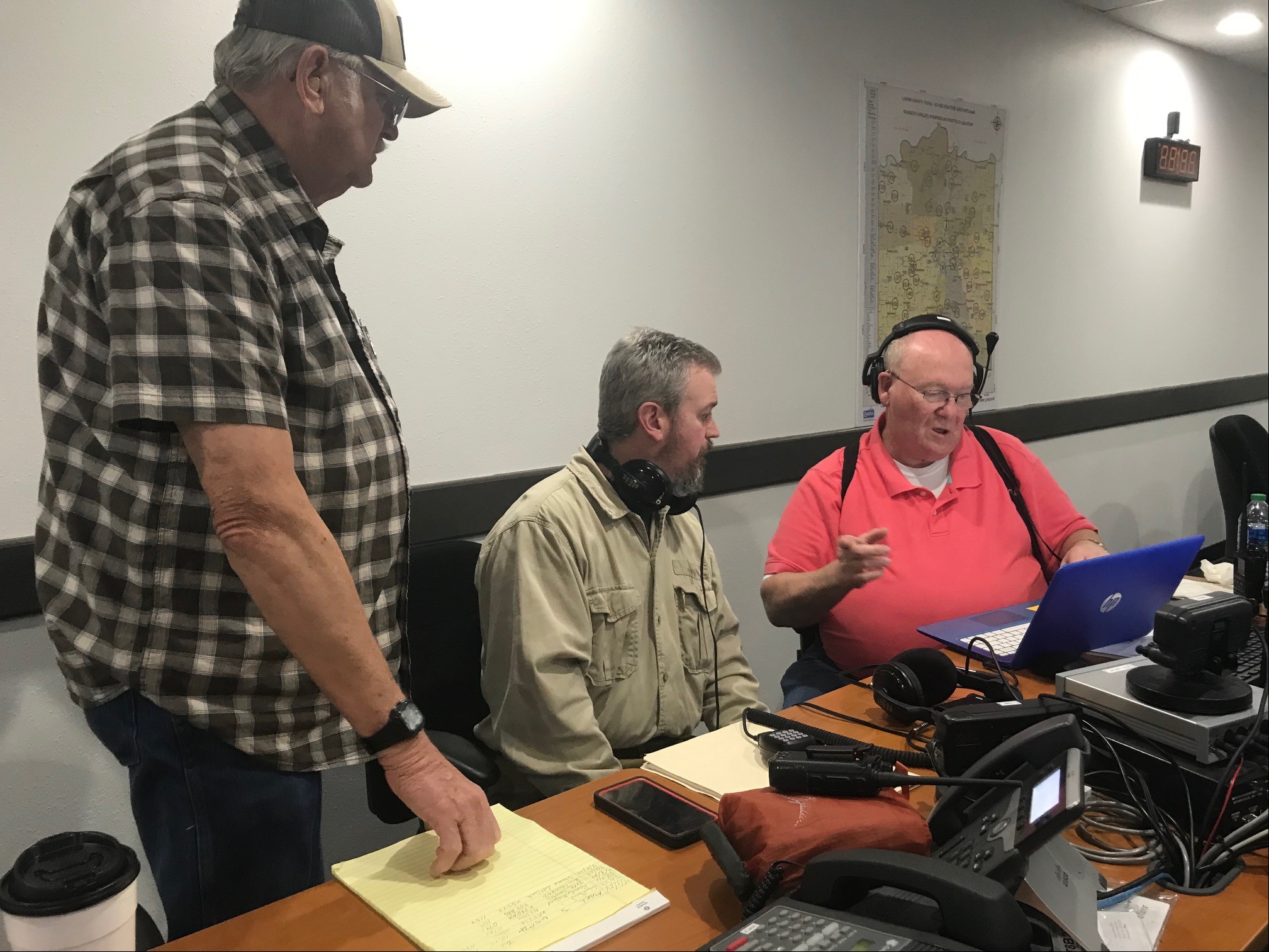

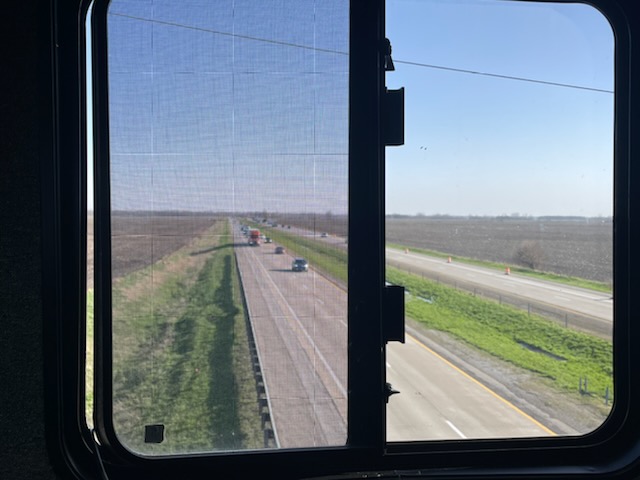

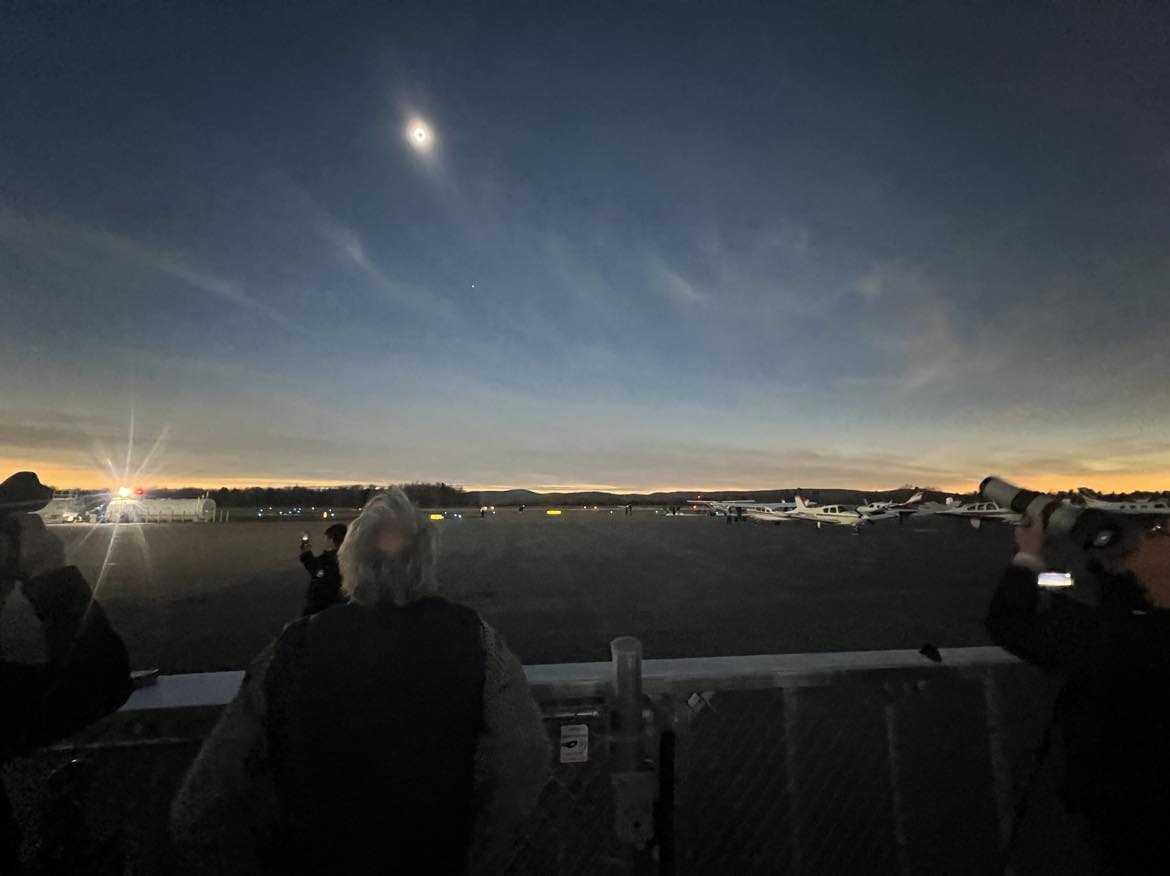


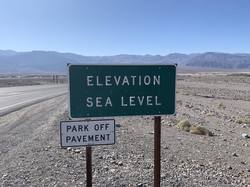
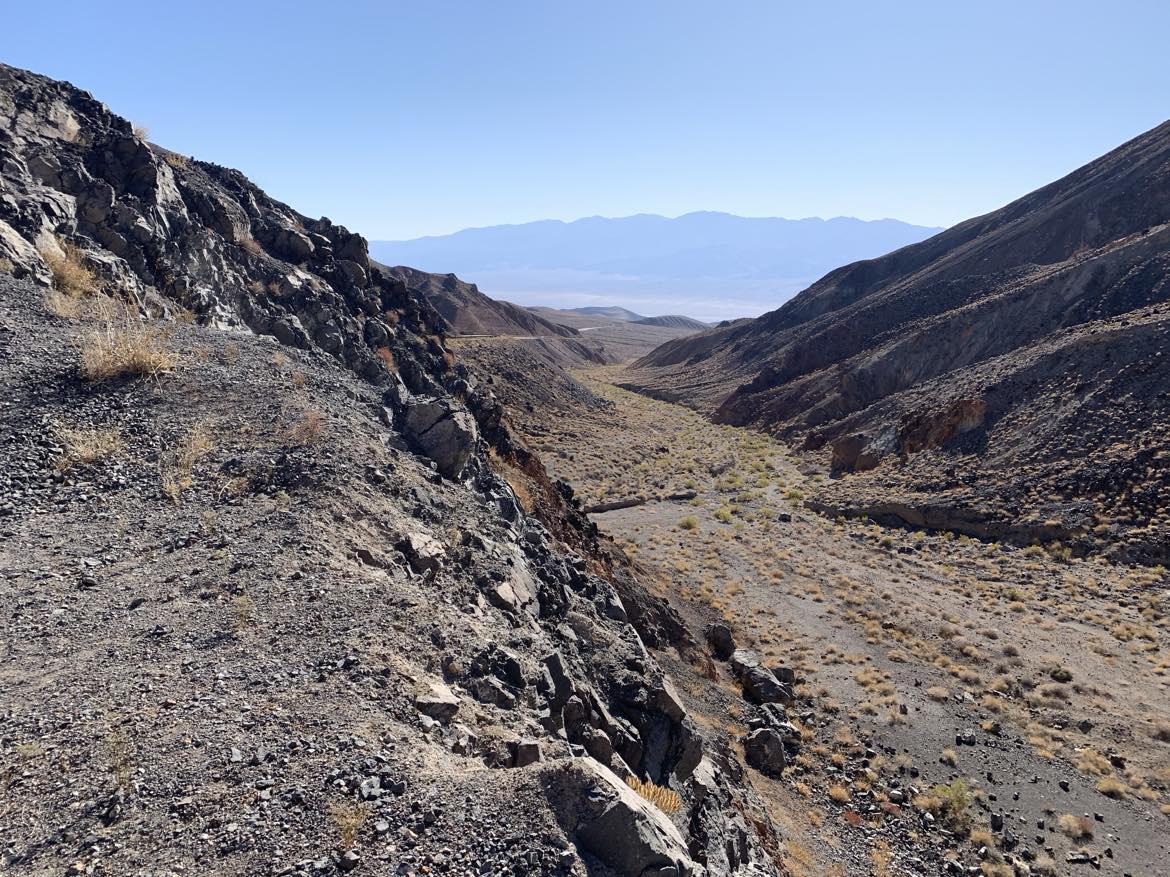

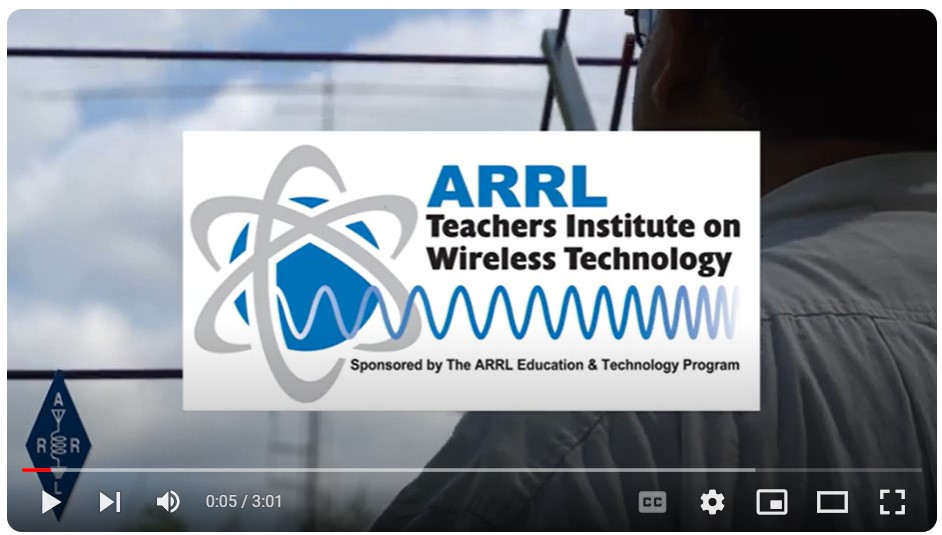
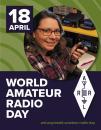 The theme for 2024 is, "A Century of Connections: Celebrating 100 Years of Amateur Radio Innovation, Community, and Advocacy." The global event covers all of the
The theme for 2024 is, "A Century of Connections: Celebrating 100 Years of Amateur Radio Innovation, Community, and Advocacy." The global event covers all of the .jpg)
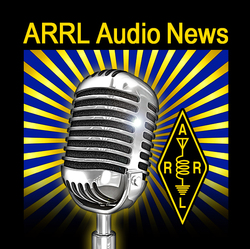 Listen to
Listen to 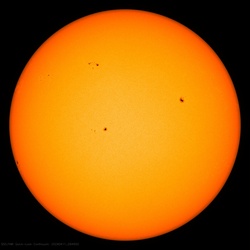
-Blue.jpg)








